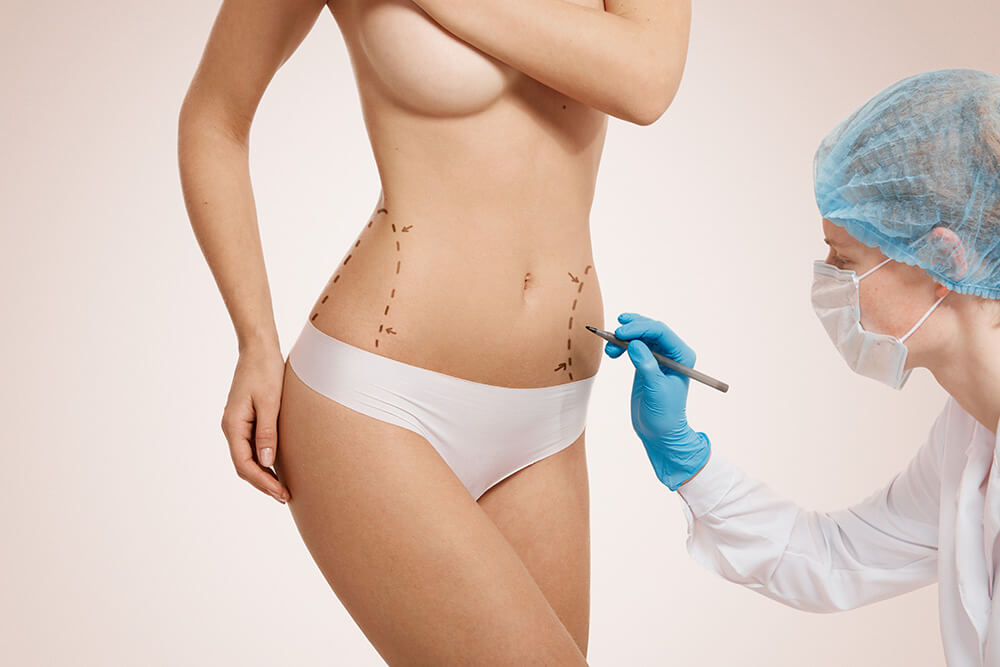Treatments for facial volume loss
Facial Volume Loss
The natural way to rejuvinate and restore volume
Facial volume loss can be treated with dermal fillers.
As you become older, your collagen and facial fat start to deteriorate. Collagen is essential as it is the component that your body produces to keep your skin appearing fresh and supple. As the skin ages, it loses much of its youthful suppleness, resulting in the formation of wrinkles. This also results in a loss of definition in different parts of the face. Beyond Skin UK
- Quick diagnosis
- Complex medical tests
- Early identification and intervention
- Complex surgical interventions

Dental Department

Neurology Department

Gynaecology Department

Traumotology Department

Births Department

Cardiology Department
Book in for a consultation
0151 440 2907
Your treatment plan is designed for steady progress, with every phase promptly implemented.
Symptoms & Diagnosis
Addressing Facial Volume Loss: A Comprehensive Guide
Discover the causes, symptoms, and effective treatments for facial volume loss, regaining a youthful and rejuvenated appearance.
As we age, our faces undergo a natural process of change, with one of the most noticeable being a loss of volume. This phenomenon, known as facial volume loss, is caused by a decline in the production of collagen, elastin, and hyaluronic acid, the essential components that provide structure and support to our skin. As a result, our cheeks appear sunken, our lips thin, and our jowls become more prominent. While facial volume loss is an inevitable part of aging, it doesn’t have to define your appearance. Today, there are a variety of effective treatments available to help restore volume to your face and rejuvenate your overall look.
Understanding the Causes of Facial Volume Loss
The primary cause of facial volume loss is the natural aging process. As we age, our bodies produce less collagen, elastin, and hyaluronic acid, leading to a decline in skin elasticity and a loss of underlying support. This, in turn, causes the skin to sag and lose its youthful fullness.
Other factors that can contribute to facial volume loss include:
- Genetics: Some individuals are genetically predisposed to experience facial volume loss more rapidly than others.
- Sun exposure: Excessive exposure to ultraviolet (UV) radiation from the sun can accelerate the breakdown of collagen and elastin, contributing to premature aging and facial volume loss.
- Smoking: Smoking damages skin cells and reduces blood flow, which can impair the production of collagen and elastin, leading to facial volume loss.
- Significant weight loss: Rapid or extreme weight loss can cause the skin to lose its elasticity and collapse, leading to a loss of facial volume.
Symptoms of Facial Volume Loss
Facial volume loss is characterized by several visible signs, including:
- Hollow cheeks: The cheeks may appear sunken or deflated due to a loss of subcutaneous fat and collagen.
- Thin lips: The lips may become thinner and lose their fullness as a result of a decline in hyaluronic acid production.
- Deep nasolabial folds: The folds that run from the nose to the corners of the mouth may become more pronounced as the skin loses its elasticity and the underlying support diminishes.
- Prominent jowls: The skin along the jawline may sag and droop, creating the appearance of jowls.
- Dark circles under the eyes: A loss of volume in the under-eye area can lead to the appearance of dark circles and bags.
Effective Treatments for Facial Volume Loss
Fortunately, there are a variety of effective treatments available to address facial volume loss and restore a more youthful and rejuvenated appearance. Some of the most common and popular options include:
- Dermal fillers: Dermal fillers are injectable substances that are used to plump up sunken areas and restore lost volume. Common fillers include hyaluronic acid, poly-L-lactic acid, and calcium hydroxyapatite.
- Fat grafting: Fat grafting involves removing fat from one area of the body, such as the abdomen or thighs, and re-injecting it into the face to restore lost volume.
- Radiofrequency skin tightening: Radiofrequency skin tightening uses radiofrequency waves to heat the deeper layers of the skin, stimulating collagen production and tightening the skin.
- Laser skin resurfacing: Laser skin resurfacing removes the outer layers of the skin, stimulating collagen production and tightening the skin.
- Facelift: A facelift is a surgical procedure that removes excess skin and tightens underlying muscles to restore a more youthful contour to the face.
Choosing the Right Treatment for You
The choice of treatment for facial volume loss will depend on your individual needs and preferences. Factors to consider include the severity of your volume loss, your desired level of correction, and your budget. It is important to consult with a board-certified dermatologist or plastic surgeon to discuss your options and develop a personalized treatment plan.
Preventative Measures to Slow Facial Volume Loss
While facial volume loss is a natural part of aging, there are steps you can take to slow down the process and maintain a youthful appearance for longer. These include:
- Sun protection: Wear sunscreen with an SPF of 30 or higher every day, even on cloudy days, to protect your skin from the harmful effects of UV radiation.
- Smoking cessation: Quitting smoking can help improve skin health and reduce the risk of premature aging.
- Maintaining a healthy weight: Maintaining a stable weight can help prevent skin sagging and preserve facial volume.
- Healthy lifestyle choices: Eating a balanced diet, staying hydrated, and getting regular exercise can promote overall skin health and help maintain facial
Treatments
Echocardiography – $250
Implantable Cardiac Monitor (ICM) – $150
Treadmill stress testing – $300
Transoesophageal echocardiogram (TOE) – $115
Pacemaker checks– $333
Electrophysiology – $258
Holter monitoring – $464
Investigations
Echocardiography – $250
Implantable Cardiac Monitor (ICM) – $150
Treadmill stress testing – $300
Transoesophageal echocardiogram (TOE) – $115
Pacemaker checks– $333
Electrophysiology – $258
Holter monitoring – $464
Procedures

Neuralgia Treatment
Treatment includes drug therapy, physiotherapy and/ or surgery, aimed to relieve pain....

Epilepsy Treatment
Various methods to diagnose and treat various forms of seizures aim to restore a patient’s...

Multiple Sclerosis Treatment
Comprehensive diagnoses of multiple sclerosis (MS), as well as treatments aimed to prevent further irreversible...

Parkinson's Disease
Numerous conservative treatments, as well as invasive treatment involving deep brain stimulation, both aimed to...
Make an Appointment
Beyond Skin Wirral

People Say
It should go without saying that designers, now more than ever, have to design with a mobile-first mentality.

John Doe
Designer









